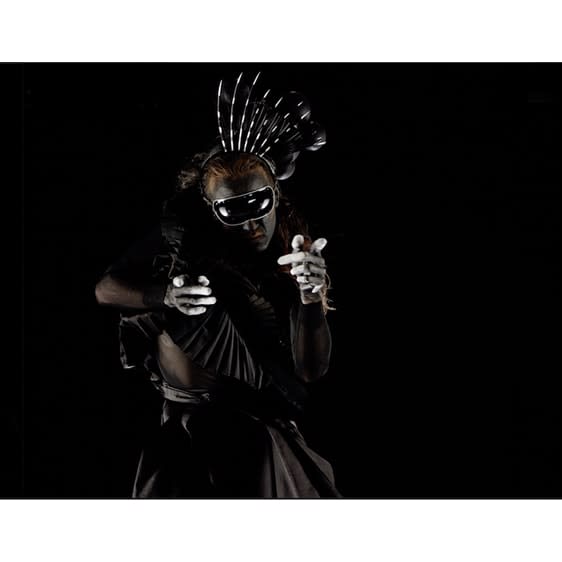Open a larger version of the following image in a popup:
 Installation image: Extracts, Gallery Sally Dan-Cuthbert, Sydney, photography courtesy of Simon Hewson
Installation image: Extracts, Gallery Sally Dan-Cuthbert, Sydney, photography courtesy of Simon Hewson
 Installation image: Extracts, Gallery Sally Dan-Cuthbert, Sydney, photography courtesy of Simon Hewson
Installation image: Extracts, Gallery Sally Dan-Cuthbert, Sydney, photography courtesy of Simon Hewson
Lisa Reihana
Come With Us, 2022
pigment print on cotton rag paper, mounted on aluminium dibond behind acrylic glass
120 x 153 cm (image size)
Edition of 5 plus 2 AP
Nomads of the Sea follows directly on from Reihana's work for the Venice Biennale, In Pursuit of Venus, infected. She continues the theme of 'Venus' in this body of work. Nomads of the Sea weaves...
Nomads of the Sea follows directly on from Reihana's work for the Venice Biennale, In Pursuit of Venus, infected. She continues the theme of 'Venus' in this body of work. Nomads of the Sea weaves historical fact with fiction to explore the social tension between cultural leadership, spiritual custom and egotistical desire in the face of foreign political challenge in the 1800’s New Zealand. The film/stills tell a story of two women from quite different women's histories. These two protagonists, Charlotte Badger, a pakeha (Western) female mutineer, and Puhi, a proud woman of Ngā Puhi descent who becomes increasingly jealous of Charlotte’s rising status. The protagonists pay tribute to the strength of women and explore where women's power resided at this point in time. The position and discussion about women in society is now more relevant than ever. The 3D immersive film, of the same title, screened on Cockatoo Island during the Biennale of Sydney, 2020.



